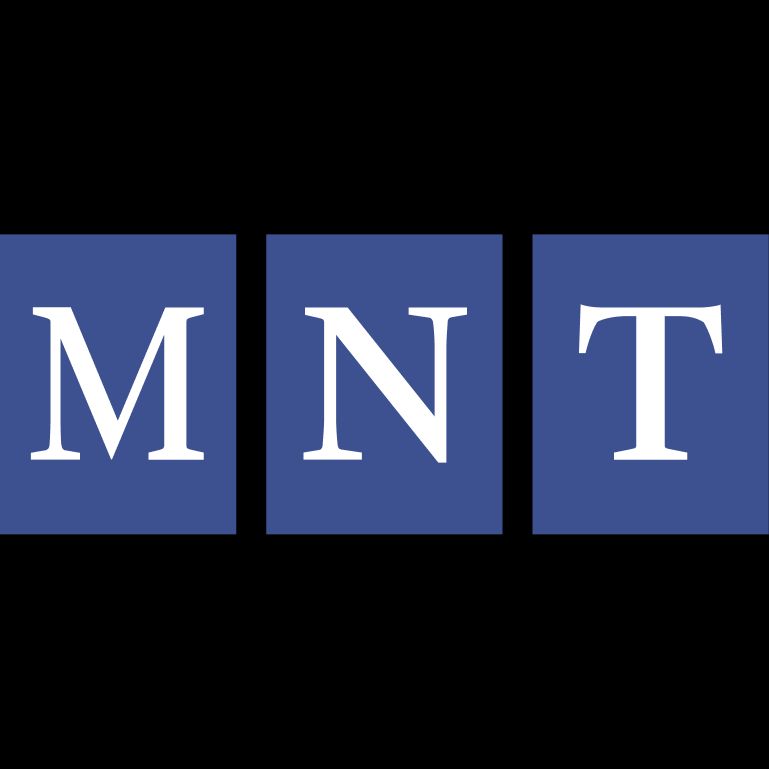Kenny Croxdale
Level 7 Valued Member
doing “cardio” e.g. jogging before strength
Controlling AMP-k and mTOR for Maximum Muscle and Fat Loss
Dr Michael Ruldolph, Muscular Development Magazine, 2015
This artcle examined where to place Cardio Endurance and Strength Training in a program.
The two elements that drove the most effective choice were...
AMPk, Activated-Protein Kinase
One of AMPk's jobs is to burn fat.
It is turned on with cardio, fasting, and below maintenance caloric intake.
AMPk shut down the anabolic muscle building process; the body prefers to focus on one task at a time.
With endurance exercise, it's turned on for about an hour.
mTOR, Mammalian Target of Rapamycin
mTOR is an anablic trigger.
It is turned on with strength training and the amino acid, Leucine.
A minimum of 2.5 grams of Leucine turn on the anabolic process. Approximately, 30 gram of quality protein will provide you with 2.5 gram of Leucine.
Strength training also turns mTOR and triggers the anabolic response
After strength training, mTOR (muscle building) remains on for about 5 hours.
The Caveat
The problem is that AMPk and mTOR cancel each other out.
AMPk turns off protein synthesis, the muscle building process.
Cardio preformed post resistance training shut down and/or dampens the anabolic muscle building process.
Thus, resistance training preformed first in program followed by cardio is compromised; much of the anabolic muscle building objective is lost.
mTOR turns off lipolysis, the fat burning process.
The Cardio First Issue
The problem with performing Cardio first immediately followed by Strength, Power or Speed Training is the it dampens Strength, Power and Speed Training Development.
The Solution
The May 2015 issue of Muscular Development magazine had a very good article on this.
The article provided some good research on the best time to perform cardio.
1) Cardio before strength training. That because AMPk's fat burning job last about and hour.
Thus, taking a slight break after Cardio prior to Strength Training is more effective for optimizing Strength Training.
It ensure that AMPk does not dampen the mTOR, muscle building effect.
2) Performing Cario and Strength on sperate days or breaking them into a morning training session .
Of the two option the this is the optimal.
It insures that AMPk's fat burning effect is optimized and does not interfere mTOR's muscle building effect and vise versa.


